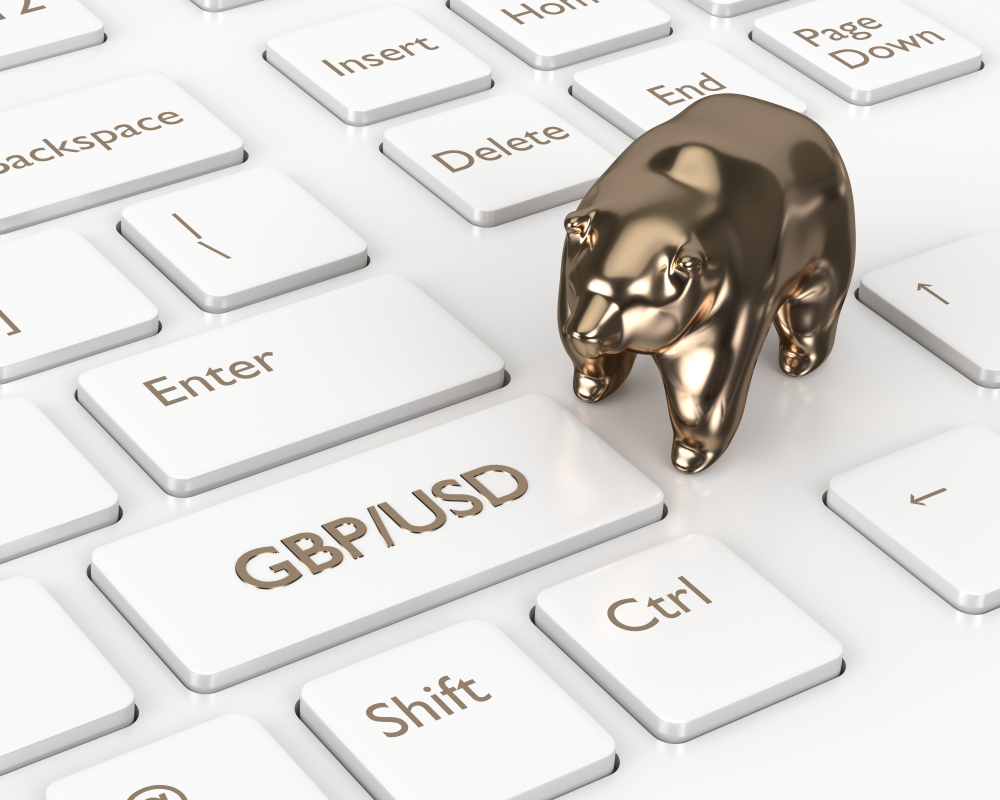The British pound (GBPUSD) continues to be under pressure and spiked lower by 15 pips at 09:30 London time as UK GDP for the month of August declined. Economists anticipated zero growth, instead, GDP declined by 0.1%. The prior monthly GDP reading was 0.4%. Industrial and manufacturing production was also lower than what economists projected. The former declined by 1.8% over the year, while the latter declined by 1.7%. One hour after the news reached the markets the GBPUSD was more or less unchanged. However, today’s reports stress that the UK economy is weak.
One reason for the GBPUSD holding up well is that the price slid strongly at the start of the week and traders are reluctant to sell at current levels, second, the Dollar is weak against its peers.
Download our GBPUSD Q4 Outlook Today!
[vc_single_image image=”14654″ img_size=”medium” alignment=”center” style=”vc_box_rounded” onclick=”custom_link” img_link_target=”_blank” link=”https://news.investingcube.com/q4-global-market-outlook-eurusd-gold-crude-oil-bitcoin-sp-500/”]Looking beyond the near term price action in the GBPUSD pair, the trend will remain downwards below the October 3 high of 1.2422. I suspect that traders will use a corrective bounce to the 1.2289 to 1.2388 interval to short-sell the British Pound as the reward-ratio for bearish positions is good within this range.
The next support level for the British Pound is this week’s lowest price at 1.2195 and if the price was to slide below that level the price will probably seek out the psychological level of 1.21.
The primary reason for the GBPUSD sliding in the last few weeks is the lack of progress in Brexit negotiation and the deteriorating economic situation which a few weeks ago lead to some BoE members to talk about rate cuts.


